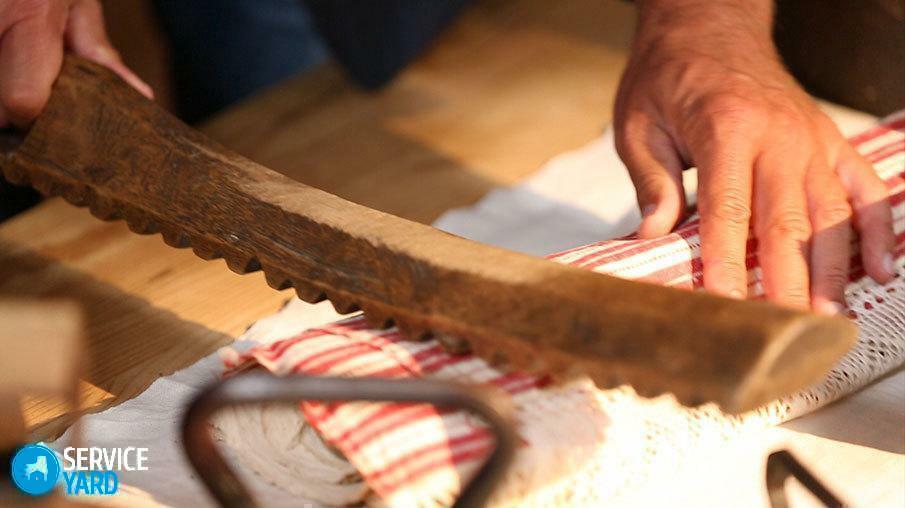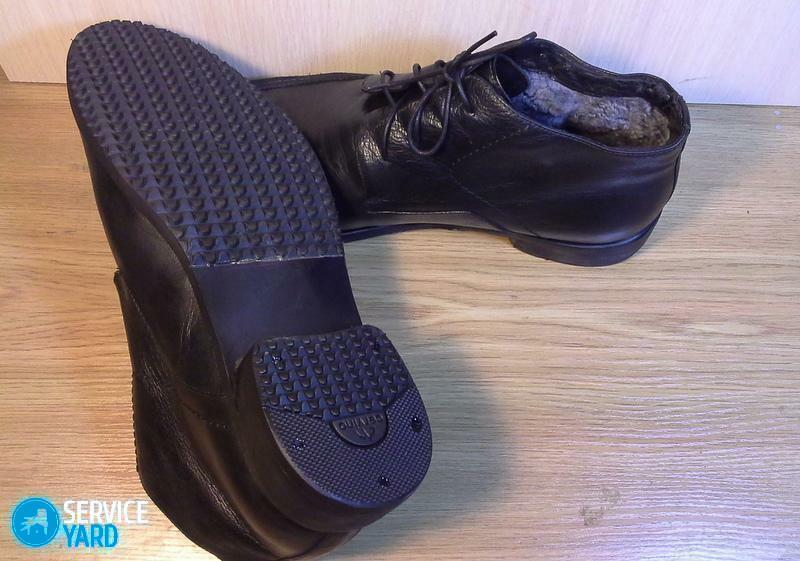Tack - that simple, but essential to any kitchen thing. Unlike conventional towel, it is thicker, not burns, helps to keep the handle from burns. If you try, it also becomes an element of decor. Here you can find the coolest and original patterns tack that quickly and easily make your own.
Every housewife wants to fill the space around the convenience and beauty.
Content
- 1 To buy or not to buy tack?
- 2 The main features of sewing
- 3 The choice of materials and preparation
- 4 internal filling
-
5 Pot holders made of cloth with his hands (step by step, detail)
-
5.1 Potholder "Mitten"
- 5.1.1 What you need to tack:
- 5.1.2 Stepping manufacturing
-
5.2 Potholder "Butterfly"
- 5.2.1 What you need to tack:
- 5.2.2 Stepping manufacturing
-
5.3 Potholder "Mouse"
- 5.3.1 What you need to tack:
- 5.3.2 Stepping manufacturing
-
5.4 Potholder in the form of heart
- 5.4.1 What you need to tack:
- 5.4.2 Stepping manufacturing
-
5.5 Tack in the style of "patchwork"
- 5.5.1 What you need to tack:
- 5.5.2 Stepping manufacturing
-
5.1 Potholder "Mitten"
-
6 How to sew a square tack for the kitchen with his hands
- 6.1 Step by step the production of tack
- 7 conclusion
- 8 VIDEO: Sew tack for the kitchen with his hands.
- 9 50 photos of the original tack in patchwork technique:
To buy or not to buy tack?
can be found if you wish to store purchased tack from tissue, although they have not as popular. They were replaced by different things with their silicone outs. But another question - quality. Purchased tack rarely pleasing original shape or design. Often, they are made of a thin synthetic filled. Such a thing does not serve long. Even more offensive, when she sits in the wash or stain other things.
Potholder in the kitchen - a necessary thing.
His hands tack can be related or sew. The second option is more convenient, because it does not take much time, it does not require needles, hooks and yarn. Some nice patches can be found in any home, as well as needle and thread. too, no issues here are the most interesting options with ideas.
It protects hands from burns when using hot dishes.
The main features of sewing
Tack can be made of any size and type, but do not always get an easy-to-use accessories. Therefore, using pattern unpretentious form more often. You have to be careful with decor. Beads, buttons, appliqué satin or other flammable materials - not the best solution. When choosing a model, you need to take this into account.
It is much nicer to use oven gloves, made with his own hands.
Highlights.
- If the fabric fray, you will need treatment. In the classic version used for this purpose serger. You can pass a needle hand needle, using a blanket stitch. Even easier - to handle the seams taped or hide inside.
- Regardless of the pattern, it is necessary to leave the allowance is about one centimeter for stitching and reliability.
- Tack usually hang on the hook, so I should take care of and eyelet attachment point.
- For the patterns do not use crayons or pens, they are not always satisfied with this content, often manifest themselves on the other side.
Sew potholders that you only have skills acquired in the labor classes in school.
This last point is the most important: it is necessary to determine the size. If the hand is large, for example, in the kitchen is often wielded by a man, then the pattern will have to slightly increase. To do this on all sides are added 1-2 cm.
The choice of materials and preparation
Sewing tack can use any dense tissue. Well, if they are made from natural, or at least semi-synthetic fibers. Linen and cotton are well withstand high temperatures, protect the hands. New materials need to wash, as they may shrink, shed. It is recommended to do it once in a washing machine. Accessory will mercilessly exploited, dirty, hardly any hostess will hand to look after him.
Exceptions are for interior decoration tack.
By the way, an excellent material for tack - denim (denim, denim). Optionally run for it to the store. Old trousers and skirts are ideal for the manufacture of the new gizmos.
What else is needed:
- sewing needle;
- thread;
- ruler or tape measure;
- scissors;
- pencil or a piece of soap;
- pins.
As for the colors, here you can show all their imagination to come up with fun combinations or sew potholders to match the interior.
Well, if they will be combined with the towels, curtains or other kitchen textiles.
internal filling
You need to decide at once, which is made of kitchen accessories. If you need a thin tack, which removed the cover, rearrange pan or pot, sometimes only two layers of material. For dense gizmos, which are removed from the oven pans, require filler. Typically, a thin padding polyester, even though he is no different positive qualities, bad holding temperature. Suitable batting, drape either one or two layers of fabric.
To start sewing potholders, you need first thing to evaluate their strength and, building on the skills, select or come up with a model of the future product.
By the way, it is very popular felt. The material is easy to use, does not require overlock, thick, well-kept high temperature and is excellent for tack. It also can be used as filler.
Pot holders made of cloth with his hands (step by step, detail)
So no matter what distractions are not, you should immediately prepare all the necessary materials and tools. If you have a sewing machine, then tack the manufacturing process much simpler, less time consuming. But also can easily cope without it.
If you are already an experienced seamstress, you will not be difficult to carry out the product in the style of patchwork, or come up with an unusual decoration for him.
Potholder "Mitten"
The classic version of tack, which is very convenient to use and never go out of fashion. Thanks to Tom Thumb and closed form, it is practically impossible to get burned.
Mitten does not require any decor, but if desired it can be something to decorate.
What you need to tack:
- the cloth;
- interlining;
- filler;
- instruments.
Stepping manufacturing
The advantage of tailoring tack is that they are made of unnecessary things.
- Patterns can be printed out or make your own life-size. To do this, simply cut around the arm with an overlap of 2.5-3 cm. One of them will go to the edge. Two centimeters is required for freedom fit.
- To transfer the pattern on the material. We need to make four equal parts. Outline, crop.
- Cut two gloves of nonwoven adhesive. In a similar manner to make two of the preform filler.
- Folded parts as follows: the blank wrong side of the fabric upward interlining, filler material again face upward.
- Quilt. Make a similar manner the second item.
- Connect the two parts of pot holders, leaving the well to the hand. It should be easy to pass inside.
On request, made from lace edging.
Sew the loop of ribbon, lace, you can use a ring of small size.
Potholder "Butterfly"
The unusual-looking but comfortable and durable potholder in the form of a butterfly will decorate any kitchen. At the same time make it quite simple, especially if you have a template.
If you can not print, it is always possible to draw by hand.
What you need to tack:
- main material;
- instruments;
- filler;
- braid;
- interlining.
Tack stitching need of natural fibers, as synthetic flammable and melted by high temperatures.
Stepping manufacturing
- Print on paper or simply draw and cut out the pattern. Transfer on material. It is necessary for one piece for the front and reverse side.
- Make a pattern Non-woven and filler, cut.
- At the request to sew the front of the tack decorative elements. This is done immediately, before stitching the main layers.
- Fold butterfly following method: The main item wrong side up, fleece, the filler, the second item butterfly face.
- Chop off tack pins in several places to fix.
- Stitch around the perimeter, handle tape, insert the loop.
Useful advice! If you do not have a sewing machine, it is more convenient to do for the whole pattern butterflies that do not require sewing fine details.
Potholder "Mouse"
None of the mistress does not mind these mice in the kitchen. Beautiful and bright tack immediately draw attention to themselves, it is very easily sewn.
Pattern uncomplicated, it is easy to draw from the hand.
What you need to tack:
- dense fabric;
- filler;
- beads;
- thread;
- instruments.
Potholder, made without filler, will not be a useless, so prepare the material for the inner layer.
Stepping manufacturing
- It follows a pattern cut parts for the mouse and a bow. It takes two pieces of material and one of the filler.
- Immediately make a bow, sew to the front of the mouse. Contents muzzle eyes, as desired construct of threads antennae, underneath the spout of buttons or beads of larger size.
- To lay down layers of pot holders, connect the rough basting stitch. Prepare loop.
- Stitched webbing, complete tack.
Potholder in the form of heart
Themed potholders can give on Valentine's Day. But not necessarily. Hearts will find a place on any kitchen very quickly and easily sewn.
For two hours, you can make a set of tack hearts.
What you need to tack:
- 2 fabric flap;
- filler;
- braid;
- instruments.
To the finished product looked nice, prepare a finishing Bakey and items for decorating.
Stepping manufacturing
- Tack can be made in the form of any of the heart: a rounded, sharp-halves, elongated, blunt or sharp tip. Print a template or draw on paper, cut out.
- Transfer the pattern to the material, to make the two parts.
- Cut out the heart of a similar size of the filler.
- To combine all three parts to each other the facing fabric sides outwards. Seal the basting stitch.
- Sew around the edges of the braid, to hide the ends.
- Make a loop of braid or lace. Sew anywhere. The junction can be decorated a button or bead.
Tack in the style of "patchwork"
Quilting - a difficult, but very interesting technique. Tack in this style looks complicated, you can play color combinations and forms.
The main thing - an interesting way to get rid of small pieces of tissue, which is more on what not do.
What you need to tack:
- tissue grafts;
- filler;
- webbing loops to;
- instruments.
To tack to make the pattern is not difficult, because in contrast to the clothes here are not necessary to create complex designs.
Stepping manufacturing
- To determine the form of tack. Beginners craftswomen do not just start with the mittens, intricate animals. It is better to base geometric figures.
- Cut strips of the flaps or squares, folded to give the desired shape and size of the tack.
- Stitch minor flaps together. Make two identical parts.
- Fold in the following manner: Fabric parts inside out, from the top layer of filler.
- Stitch tack on the perimeter, leaving a window for eversion.
- Gently turn tack, to straighten the filler can be further quilt, but the seams between the shreds.
- Insert loop, sew up the hole left earlier with her.
Potholders to patchwork technique also can be decorated.
But they are without this very cute look, especially with a combination of materials with different prints.
How to sew a square tack for the kitchen with his hands
The simplest, but also the most popular are square tack. They are easy to use and just sewed. Also can be a great pair of gloves or a little heart, a butterfly or a mouse. Present manufacturing techniques are also suitable for a rectangular or diamond shape. It is only necessary to slightly increase the size of the one hand, or to change the location of the loops, sew it into a corner.
For the patterns you can download from the Internet or ready to circle an old tack.
What is needed for the manufacture of:
- fabric for both sides;
- filler;
- instruments;
- ribbon or lace for loops.
Geometric shapes can be drawn at all by conventional stationery.
Step by step the production of tack
- Pattern. Draw on a piece of paper (you can take the paper) a square with sides 20 cm. On request, folded twice, rounded corners.
- Transfer to paper folded in two layers and a filler material, outline, do all sides allowances for joints at least 0.5 cm.
- Cut two pieces of fabric, fold the face inward. Top cover with a filler. Make sure that the edges are aligned.
- Stitch or stitch needle all the parts together, departing lap. Leave a small pocket.
- Release tack face outwardly spread inside the filler. Sew up the hole, do not forget to insert the loop.
- At the request to make a few stitches through the web for reliable filler fixation process the edge of lace, appliqués.
Useful advice! It is not necessary to use potholders edge voluminous ruffles, especially satin or other silk fabric, which is highly flammable.
conclusion
Optional tack stitching is such. All these examples can be taken as a basis to select other forms. For this kitchen accessories fit all geometric shapes. Maybe make a set of vegetables or fruit? Or a set of sun and clouds? Month with the star - also a great couple. They look no worse than the autumn leaves, chickens, foxes and owls popular now.
Creating a tack - a fascinating process.
You can include all of your imagination and plunge into the world of creativity. Pleasant leisure will appreciate the birth of cute little things for your kitchen, or a wonderful gift girlfriend, relatives.
It remains the most important thing - to choose your favorite model and start.



